This post may contain affiliate links. Read our disclosure policy.
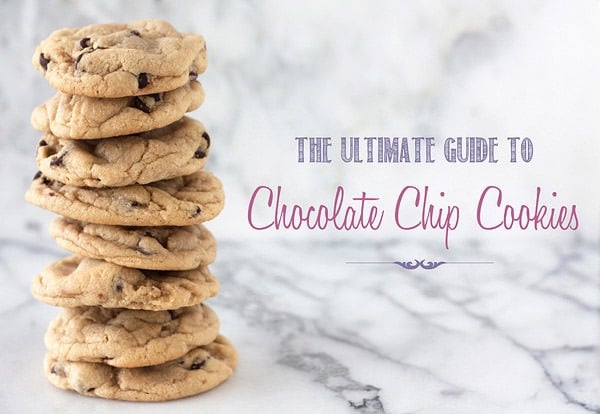
In this post I’m going to share with you how various ingredients and techniques can affect the taste, texture, and appearance of your chocolate chip cookies. This will hopefully help you understand how a Chocolate Chip Cookie Recipe works so you can make the PERFECT batch every time, whatever you consider to be perfect. This information will allow you to alter or create your own chocolate chip recipe that produces cookies just the way YOU like them. You’ll be an expert on the anatomy of the chocolate chip cookie.
I used the Nestle Tollhouse Chocolate Chip Cookie recipe as my control and made little changes and variations in techniques and ingredients to show you how they affect the cookie.
I halved and adapted the original Tollhouse recipe. I kept everything the same through each recipe test, changing just one key thing to see its effect and photographing the results for you.
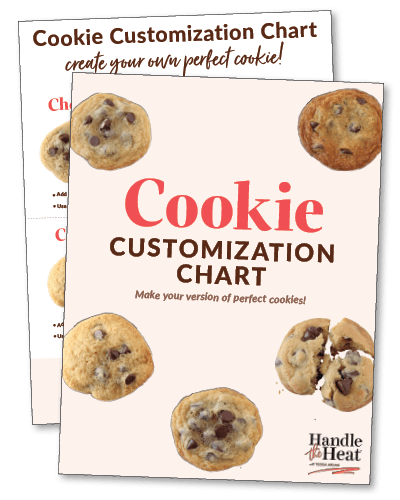
Struggling with Flat or Dry Cookies?
My free guide shows you how to fix texture problems and bake cookies you’ll love.
Cookie Tools and Ingredients Used:
Tools and Ingredients Used (when applicable):
-Spring-Loaded Cookie Scoop (Medium or 1 1/2-Tablespoon size)
–Chicago Metallic sheet pans
–Escali Digital Food Scale
–KitchenAid 5-quart Stand Mixer
–Oven thermometer
–Unbleached parchment paper
-Gold Medal All-Purpose Flour
-Fine sea salt
-Light brown sugar
-Large eggs
-Unsalted butter at a cool room temperature
Control Recipe
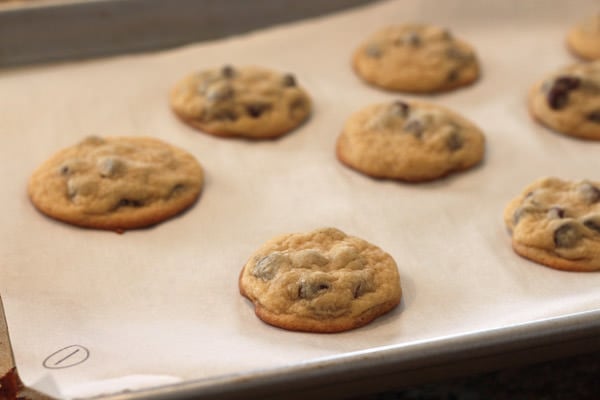
Ingredients:
1 cup plus 2 tablespoons (142 grams) all-purpose flour
1/2 teaspoon baking soda
1/2 teaspoon salt
1 stick (113 grams) unsalted butter, at room temperature
1/4 cup plus 2 tablespoons (75 grams) granulated sugar
1/4 cup plus 2 tablespoons (75 grams) packed light brown sugar
1/2 teaspoon vanilla
1 large egg
1 cup (170 grams) semi sweet chocolate chips
Directions:
Preheat oven to 350°F. Line baking sheets with nonstick baking mats or parchment paper.
In a medium bowl combine the flour, baking soda, and salt.
In the bowl of an electric mixer beat the butter, granulated sugar, and brown sugar until creamy, about 2 minutes. Add the egg and vanilla, beating well to combine. Gradually beat in the flour mixture. Stir in the chocolate chips. Scoop 1 1/2 tablespoon-sized balls and place onto prepared baking sheets.
Bake for 9 to 11 minutes, or until golden brown. Cool for 2 minutes before removing to wire racks to cool completely.
Here is the control, an adapted version of the Nestle Tollhouse recipe. The full recipe I used to base all of the tweaks on is at the bottom of this post.
Baking Powder:
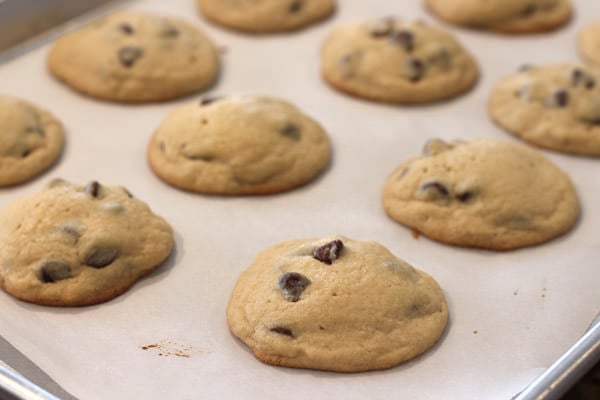
Removed baking soda from recipe and used 1/2 teaspoon baking powder. This produced results that were more cakey and puffed while baking.
Baking Powder AND Baking Soda:
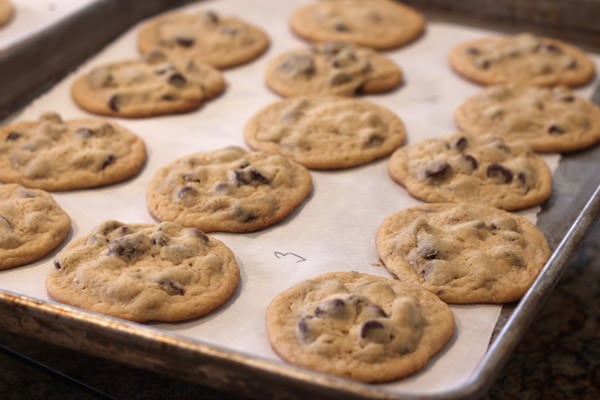
Used 1/4 teaspoon baking powder and 1/4 teaspoon baking soda. This produced results that were crisp at the edges, soft in the middle, with a good amount of spread. The combination of the two leaveners produced the best results in my opinion.
MORE Flour:
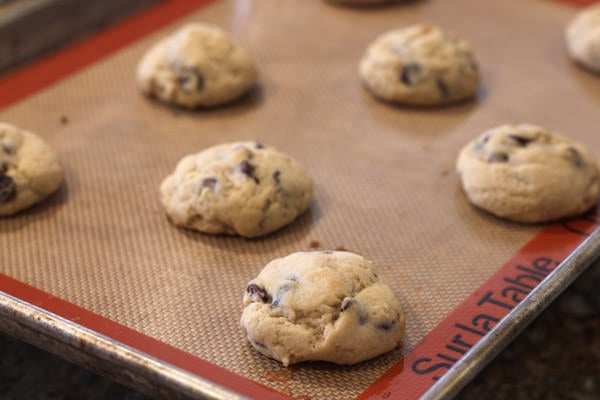
Increased the flour to 2 cups (250 grams) which created a more crumbly dough and very little spread. The cookies were small yet thick and relatively undercooked (ooey and gooey) in the middle.
MELTED Butter:
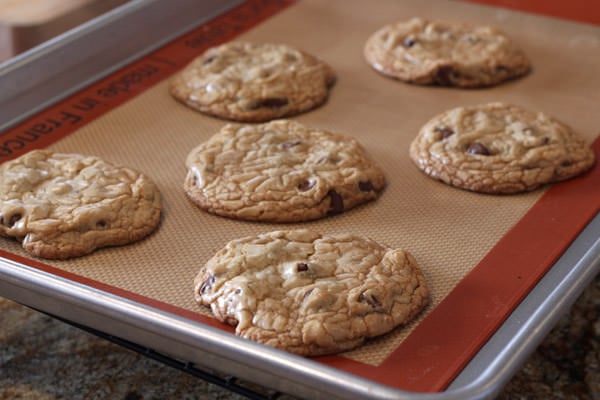
I replaced the room temperature butter with melted and cooled butter. Instead of creaming the butter and sugar with an electric mixer, I simply stirred the butter and sugars together then let sit for 5 minutes, until the sugar was better absorbed by the butter. This produced flatter cookies that had a shiny, crackled top reminiscent of brownies. They were also more crisp at the edges.
All Granulated Sugar:
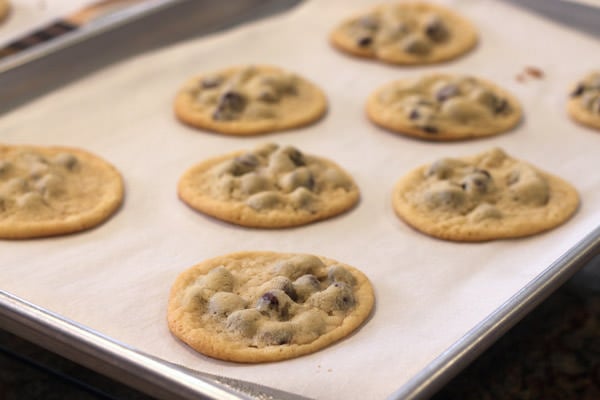
I used 3/4 cup granulated sugar (150 grams) in this recipe which produced flat, white, chewy, and slightly crunchy cookies but with little flavor. Since baking soda (called for in the control recipe) requires an acid (such as brown sugar) to react, these cookies fell very flat as you can see by the way the chocolate chips protrude.
All Brown Sugar:
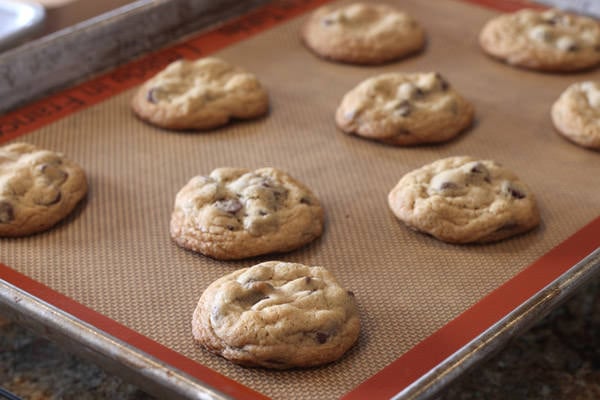
I used 3/4 cup (150 grams) packed light brown sugar in this recipe which produced thick, brown, and soft cookies with an intense butterscotch flavor. The original control recipe uses an even ratio of granulated and brown sugars. If you prefer your cookies to be flatter, chewier, or crisper, use more granulated sugar. If you prefer your cookies to be softer and thicker and have a pronounced butterscotch flavor, use more brown sugar.
24-hour CHILLED Dough:
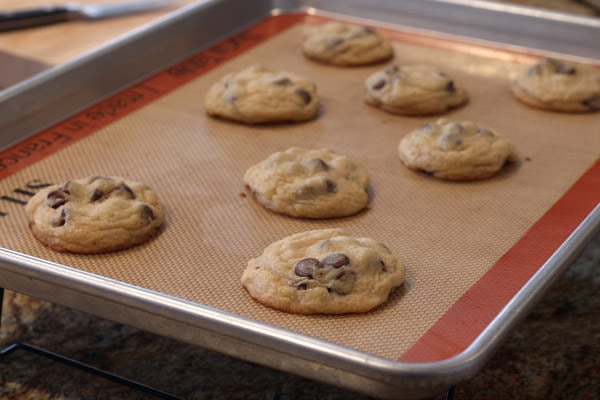
I used the control recipe but chilled it in the fridge for about 24 hours before shaping and baking. This produced cookies that were slightly thicker, chewier, darker, and with a better depth of butterscotch flavor. If you have time, try chilling your next cookie dough for at least 24 hours, or up to 48 hours.
Final Comparison:
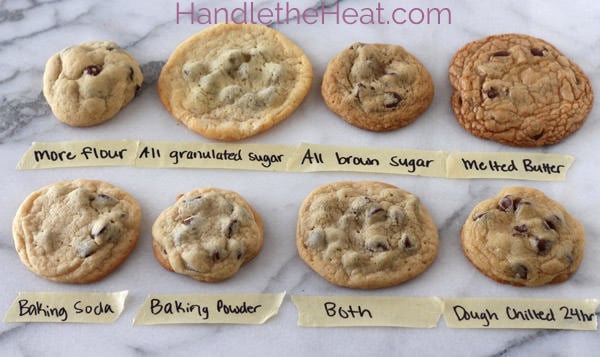
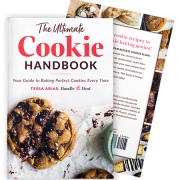
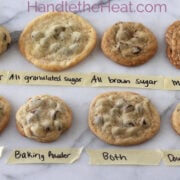
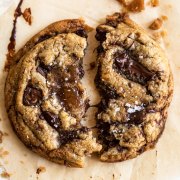
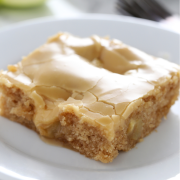
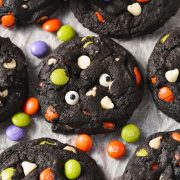
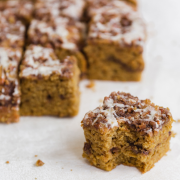
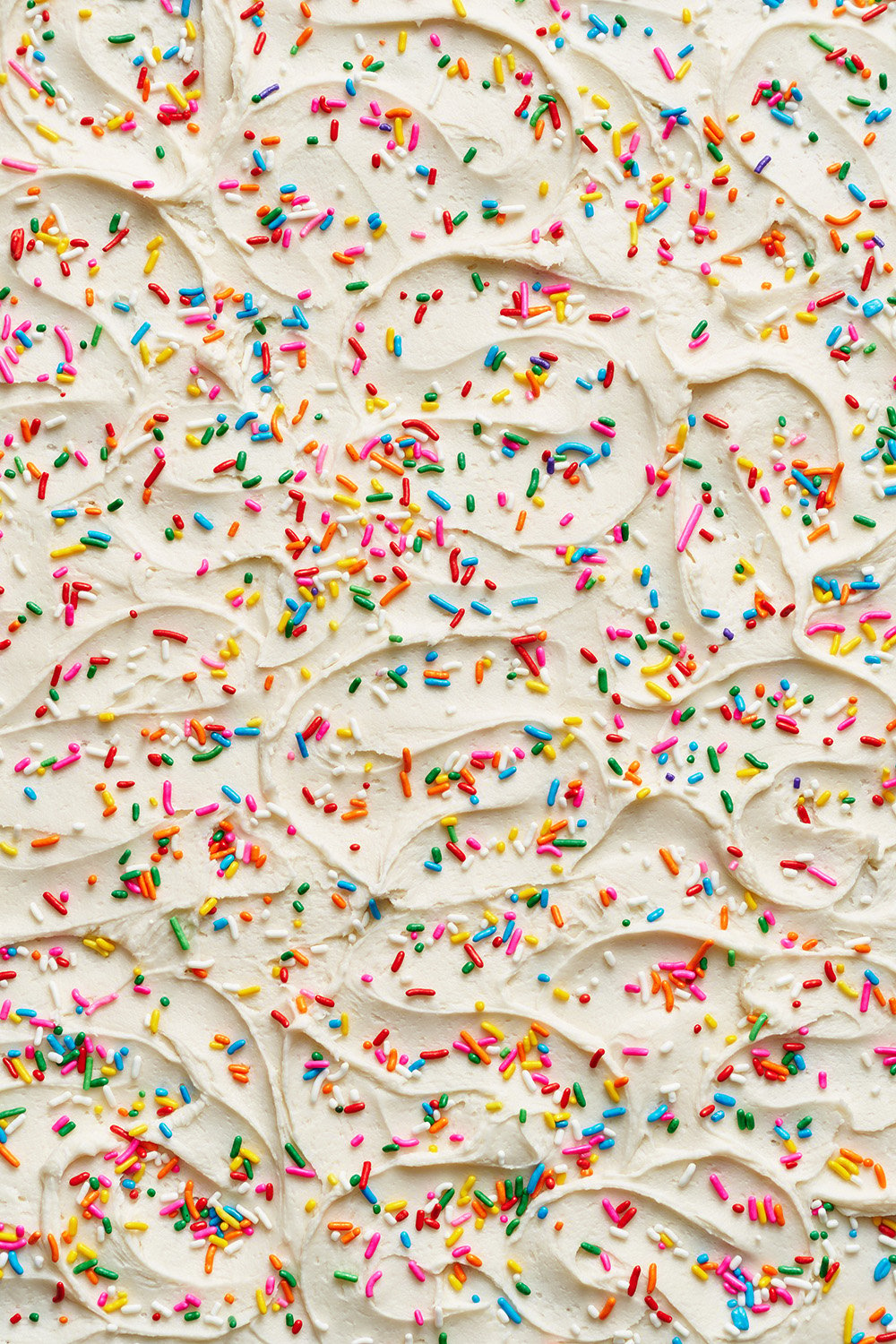
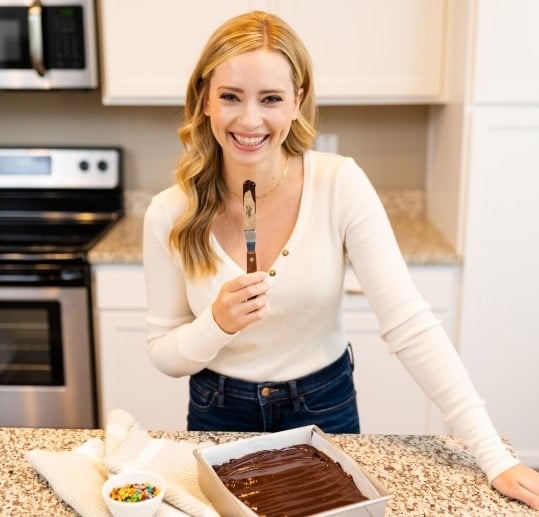

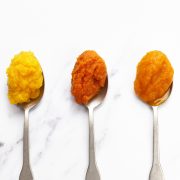
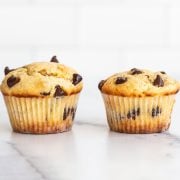
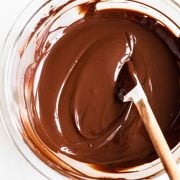









You are so kind to do all this for us! Thank you – I learned so much from you and from some comments. I have used all white sugar because I can’t stand the smell of the brown and white combo. The last time I made them, they tasted good but I felt they could have had more depth so I’m taking your notes about intensifying the butterscotch flavor. You’re awesome!
Great article and website. I found this while searching for information on baking soda vs baking powder in cookies and I found my answer. Thank you Tessa.
Hi, i wanted to know what would happen if i dont use any baking powder or baking soda? do i need to adjust anything for the recipe?
Hi,
Great article! It was really helpful…I noticed you wrote you might do a followup. One thing you might stick in is one of my favorite changes- substitute some shortening or lard for the butter! Makes a huge difference,
Hi Tessa–What is the reason to not refrigerate the dough longer than 72 hours? Thank you for all of the tips!
Hi Madalyn! The dough will begin to dry out too much beyond 72 hours.
My question is, what if you change a few items in the recipe to make it less caloric. Sugar free applesauce in place of brown sugar, granulated stevia instead of sugar, and for those with gluten issues, rice flour instead of regular flour.
Hi Nathan! Check out part 3 where I test out dietary restrictions: https://handletheheat.com/the-ultimate-guide-to-chocolate-chip-cookies-part-3/
Thank you for the guide! You know it’s good when people are still referring to it for tips three years later 🙂 I love your tip about using both baking soda and baking powder to achieve a soft in the middle, crispy at the ends result. I suppose my mistake so far has always been that I overheated the oven, I wasn’t aware that the oven is supposed to be at 350 degrees only.
Great post. I wonder about one more thing. The shortening: Butter, or course, makes everything taste better. Years ago I used Crisco in baking the Tollhouse recipe. Also, I used margarine – Nucoa. Did you try any of these in your tests? And if so, which so do you recommend? Thanks for taking the time to do these tests.
just want to say, thank you for taking the time with this experiment, it made my work so much easier.
i’m a little anal and was frustrated with not knowing why my cookies were not as i expected them to be. your notes have helped me a great deal. thank you again for all your hard work.
This was super helpful. Thanks for creating this site. I’ve got some recipes to try
I made these EXACTLY according to the base recipe using the soda/powder variation for maximum spread. Zippo. I got puffy cookies that were soft (and good) but funky.
I did it twice thinking I did something wrong… same results. Any suggestions? What did I do wrong?
Have you ever tried mixing different shortening and butter I am told shortening make the cookies fluffier???